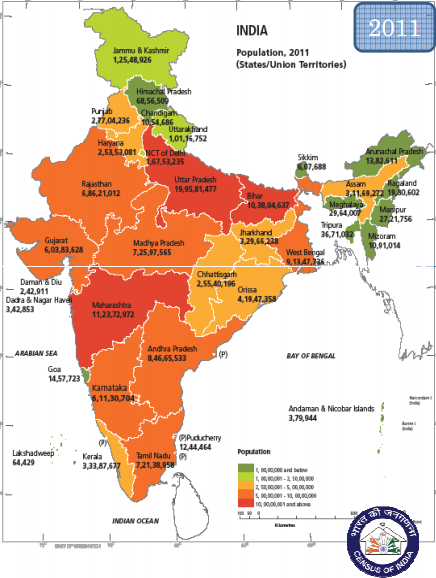Reflections from Prajapati Trivedi, founding Secretary of the Performance Management Division in the Government of India Cabinet Secretariat, in Governance.
"The new government of Prime Minister Modi never formally declared that it is closing the RFD system. It simply stopped asking the departments to prepare RFDs (performance agreements). Indeed, the government went on to appoint three more Secretaries for Performance Management as my successors. The system was, however, allowed to atrophy and no formal answer about the status of the RFD system was either given in the Parliament in response to questions on the topic or was forthcoming under India's Right to Information (RTI) act. Thus, we can only speculate why the RFD system came to an abrupt end.
First, it is possible that the review of the working of the RFD system in the past 4 years by the incoming Modi government revealed a story that did not match their election rhetoric. Modi had portrayed the outgoing government of Singh as weak on governance and could not, therefore, acknowledge the existence of a rigorous system of performance monitoring and evaluation of government departments. After all, it had promised to do in its election manifesto what was already being done.
Second, the review of actual results for the performance of individual government departments perhaps revealed that “reality” of performance was better than the “perception.” It is fair to say that Manmohan Singh lost elections because he could not “talk the walk.” The performance data revealed that on average government departments were achieving 80% of the targets assigned to them via performance agreement (RFDs). By contrast, the opinion polls at the time revealed that the electorate rated the government performance at around only forty percent 40%. Thus, continuing the RFD system would have revealed facts that went against the main narrative on which the government of Modi came to power.
Third, it is possible that the new government found that the performance results for the past 4 years based on the departments' ability to meet agreed commitments did not meet their preconceived biases.
Fourth, a system based on ex ante agreements and objective evaluation of performance at the end of the year reduces discretion and was perhaps seen as inimical to the personalized style of management preferred by the incoming Prime Minister.
And fifth, I have yet to come across any workplace where performance evaluation is welcomed by staff. Senior career civil servants did feel the pressure to perform and were waiting to sow seeds of doubt in the minds of incoming administration. Performance management is a leadership issue and not a popular issue.
There are several key lessons of my experience that may be relevant for policy makers working on a similar system in their own countries.
We succeeded beyond our wildest expectations in terms of the scope and coverage of the performance management policy because we emphasized simplicity over complexity. We defined performance management as simply the ability of the department to deliver what it had promised.
It is my strong conviction that unless you can reduce the performance measurement to a score, it will remain difficult to grasp and hence difficult to sustain over time. For the performance score to be meaningful, however, performance management must be based on ex ante commitments and must cover all aspects of departmental operations.
Performance management is best implemented as a big-bang effort. Pilots in performance management do not survive because those departments chosen as pilots feel they are being singled out for political reasons.
Finally, the single biggest mistake of the outgoing government was to not enshrine the RFD policy in a law. A similar policy for accountability of state-owned enterprises in India was embedded in a law in 1991 and it has survived changes in government."

